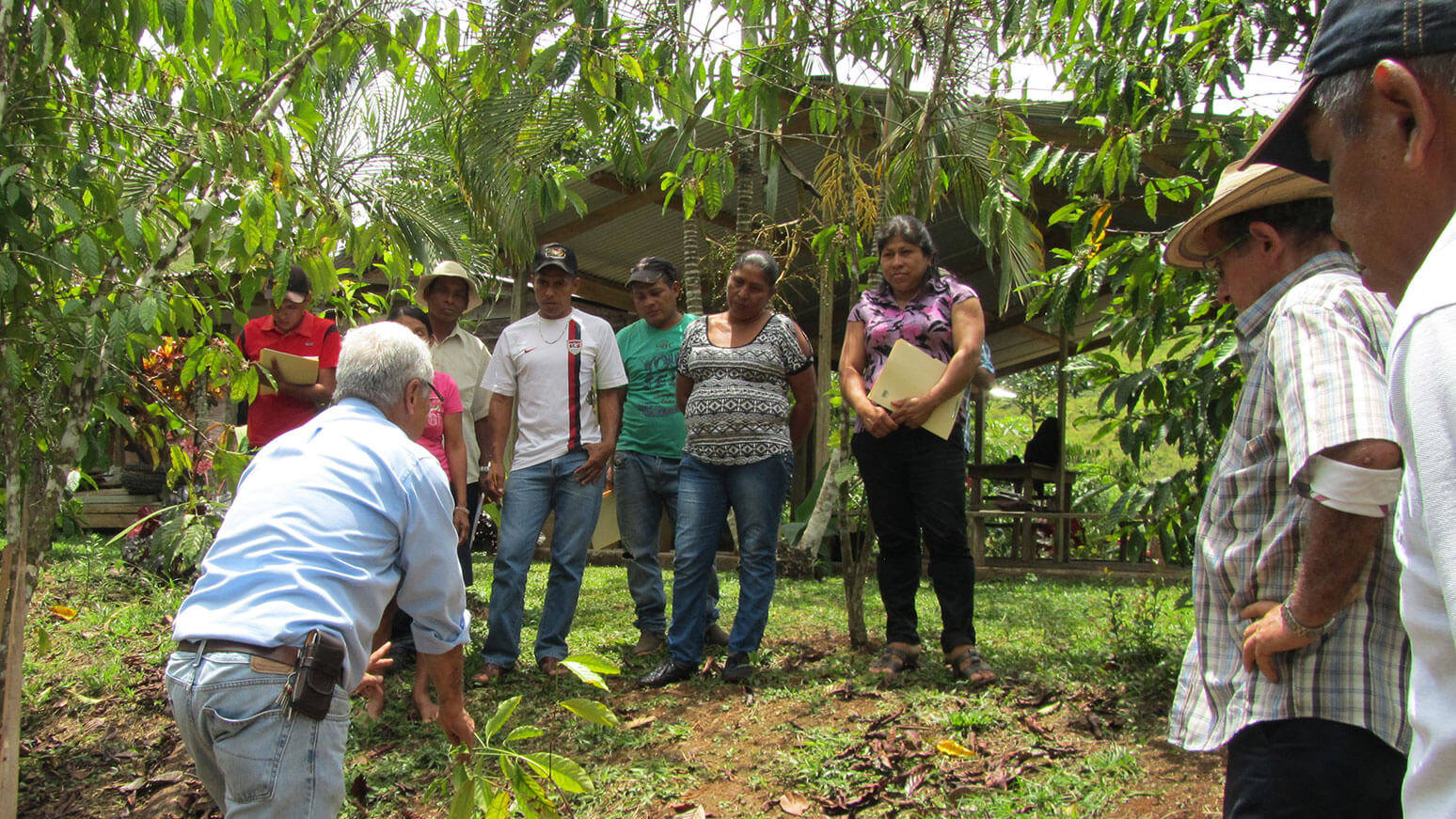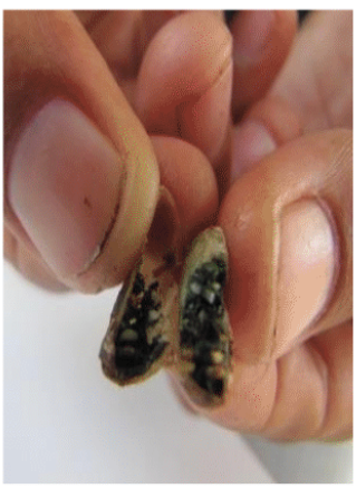
Context and objectives:
Coffee production in Panama, Honduras and Nicaragua is largely dominated by small-scale producers who make little use of modern technologies and face significant problems of pests and diseases, which reduce productivity and income. In the three countries two important species coexist, the best known is Coffea arabica, characterized by its high quality and Coffea canephora or lowland coffee, better known as Robusta, which is often used in mixtures or for making instant coffee.
 The Berry Borer (Hypothenemus hampei) or broca, an important pest, is favored by variations in precipitation and temperature and poor agronomic management and causes damage in some cases of up to 80% in the grain. The purpose of the project is to reduce economic damage by identifying technical limitations in production systems, analyzing climatic variations, proposing the integrated management of broca (MIB) and adjustments to improve the effectiveness of current control strategies. In Panama, the borer was detected in 2005, in Honduras in 1977 and in Nicaragua in 1988.
The Berry Borer (Hypothenemus hampei) or broca, an important pest, is favored by variations in precipitation and temperature and poor agronomic management and causes damage in some cases of up to 80% in the grain. The purpose of the project is to reduce economic damage by identifying technical limitations in production systems, analyzing climatic variations, proposing the integrated management of broca (MIB) and adjustments to improve the effectiveness of current control strategies. In Panama, the borer was detected in 2005, in Honduras in 1977 and in Nicaragua in 1988.
Proposed solution:
The project considered four elements: (i) the monitoring and study of the biological cycles of the insect to determine its incidence and evolution over time, (ii) the climatic characterization of the coffee areas under study to assess whether or not there are correlations of interest with the presence of the borer, (iii) the study of coffee production systems and their performance in relation to the attacks of the borer and (IV) the implementation of management and control practices based on knowledge and experiences generated in the framework of the project.
Main Results:
- Regarding the first element, it was concluded that coffee beans, remaining in the soil or in the plant after harvesting, make possible for the insect to remain, proliferate and infest new grains of the next harvest
- In the case of the second element, it was observed that high temperatures favor the multiplication of the borer, shorten its cycle and boost its migration towards new crops. This fact, however, masks another more worrisome: the insect is adapting to greater altitude affecting not only Robusta coffee but also Arabica, which is a very important income generator in the sector.
- The characterization of production systems indicates that coffee growing is mostly small-scale, with a high incidence of poverty, low technology and low schooling.
- Based on the knowledge and experience generated, the project made a significant effort in training to transmit to producers and extension workers the need to implement integrated management and control practices, specifically: Eliminating fallen and remnant grains, use of artisanal traps, predators like Cephalonia stephanoderis and fungi like Beauveria bassiana
***
About FONTAGRO
FONTAGRO was created 1998 with the purpose of promoting the increase of the competitiveness of the agri-food sector, ensuring the sustainable management of natural resources and the reduction of poverty in the region. The objective of FONTAGRO is to establish itself as a sustainable financing mechanism for the development of agricultural technology in Latin America and the Caribbean, and to establish a forum for the discussion of priority topics of technological innovation. The member countries are: Argentina, Bolivia, Chile, Colombia, Costa Rica, Ecuador, Spain, Honduras, Nicaragua, Panama, Paraguay, Peru, Dominican Republic, Uruguay and Venezuela. In the last 21 years 144 regional agricultural innovation platforms have been co-financed for an amount of US $ 112 million, which has reached 230 institutions and 29 countries worldwide
Tags: coffee, Honduras, Nicaragua, Panama, Technology transfer
